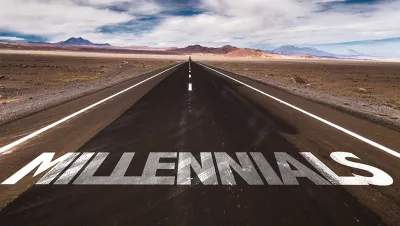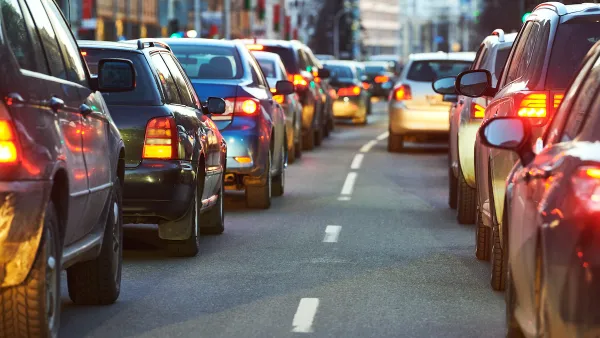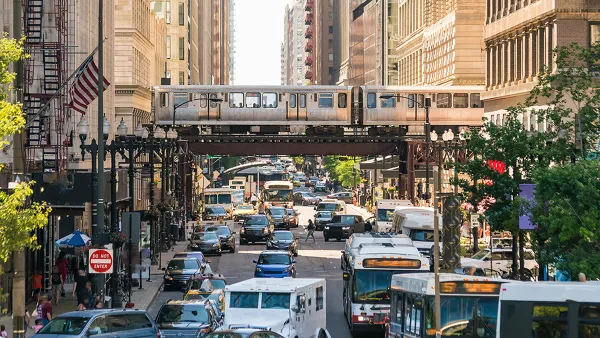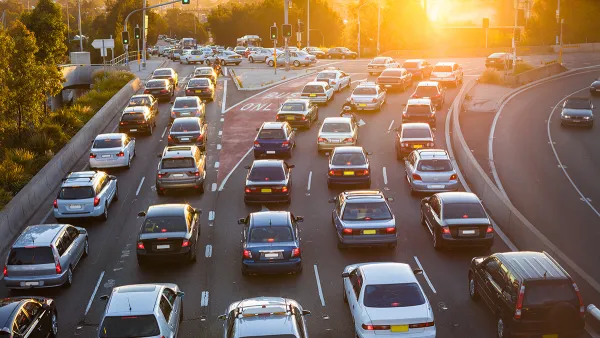According to an analysis of U.S. National Travel Surveys, the Millennial preference for non-automotive travel is mostly hype. Millennials show behavior similar to other age groups and respond to the economy.

Evelyn Blumenberg and Brian D. Taylor have heard the dominant narrative about the travel preferences of Millennials:
Among the many traits thought to make millennials unique is their travel. They drive less, ride public transit and bicycles more, and have a stronger desire to live in walkable urban communities. Or so the story goes.
But what if that story is wrong? Blumenberg and Taylor wondered the same thing and dug into the data for answers, examining data from the U.S. National Travel Surveys for 1990, 2001, and 2009, regarding "range of information on travel over time, detailed personal and household characteristics, and spatial information…" Their findings do indeed tell a different story:
In a nutshell, we found little evidence of a substantial cultural turn by millennials away from cars and suburbs. We found some evidence of generation-specific declines in driving among millennials, but the effects were modest. So what did have the biggest effect on millennial travel? The economy. Most of the drop in driving was likely due to the effects of the Great Recession.
To further elucidate the truth about Millennial mobility choices, the duo set out to answer eight questions, detailed further in the source article.
For more recent news on generational travel trends, see also a Planetizen post sharing the news about increasing vehicle miles traveled among young, low-income Americans.
FULL STORY: Millennial Travel: Who Knows About Kids These Days?

National Parks Layoffs Will Cause Communities to Lose Billions
Thousands of essential park workers were laid off this week, just before the busy spring break season.

Retro-silient?: America’s First “Eco-burb,” The Woodlands Turns 50
A master-planned community north of Houston offers lessons on green infrastructure and resilient design, but falls short of its founder’s lofty affordability and walkability goals.

Delivering for America Plan Will Downgrade Mail Service in at Least 49.5 Percent of Zip Codes
Republican and Democrat lawmakers criticize the plan for its disproportionate negative impact on rural communities.

Test News Post 1
This is a summary

Test News Headline 46
Test for the image on the front page.

Balancing Bombs and Butterflies: How the National Guard Protects a Rare Species
The National Guard at Fort Indiantown Gap uses GIS technology and land management strategies to balance military training with conservation efforts, ensuring the survival of the rare eastern regal fritillary butterfly.
Urban Design for Planners 1: Software Tools
This six-course series explores essential urban design concepts using open source software and equips planners with the tools they need to participate fully in the urban design process.
Planning for Universal Design
Learn the tools for implementing Universal Design in planning regulations.
EMC Planning Group, Inc.
Planetizen
Planetizen
Mpact (formerly Rail~Volution)
Great Falls Development Authority, Inc.
HUDs Office of Policy Development and Research
NYU Wagner Graduate School of Public Service





























